‘Although the early Amilcar was extremely simple it had such handling and good roadholding that the young clientele persuaded the firm’s directors to create a new vehicle derived from the original but suitable for more sporting use...’ - Pierre Chan, Classic Cars, December 1974. Like the Salmson, the Amilcar was a direct descendant of the popular cyclecar of the immediately post-WWI period. Société Nouvelle pour l’Automobile Amilcar operated from its factory at St Denis from 1921 to 1937, while a reconstituted concern continued for two more seasons in Boulogne-sur-Seine until 1939 when production ceased. The name ‘Amilcar’ was derived from company principals, Messrs Lamy and Akar who aimed to provide a practical and trustworthy yet sporting car for those of modest means. Their designer was engineer Edmond Moyet. Early Amilcars were built on cyclecar lines though even with ultra-simplified equipment, they failed to get within the statutory 350kg limit required for tax relief. Introduced in 1921, the first Amilcar was as a four-cylinder side-valve with bore and stroke engine dimensions of 55x95mm, rated at 7.5hp. This was the early Type CC, and the Type CS and 4C four-cylinder side-valve models that followed, with displacements up to 1,250cc, all shared the same basic design. The engine’s cylinder bore spacing remained unchanged, the height and width of the cylinder blocks being varied to accommodate alternative stroke lengths and crankshaft throws. Eventually Amilcar’s entire range of four-cylinder engines could be serviced from a well organised stock of common parts, and those employed for the production touring cars were also widely used on the company’s extremely popular and effective competition variants. Like later sporting models, the C4 featured a differential-less rear axle, though the engine’s relatively modest output restricted speeds to 90-95km/h (56-59mph). Preserved in generally very good condition, this right-hand drive Amilcar Type 4C was acquired approximately 30 years ago by the Dutch National Motor Museum from its previous owner, a Mr H E Viëtor, of Wassenaar in the Netherlands. An early specimen, it carries wooden three-seater skiff coachwork with vee windscreen, believed to be a replica in the style of Labourdette. The wings are flared, with the spare wheel mounted on the right-hand running board, and the bonnet is in unpainted aluminium. There are Marchal electric headlamps with small parking lamps mounted underneath in the Continental fashion of the period. The car is offered with old sales invoice (1978). Although previously registered ‘VGJ 284M’ in the UK, there is no supporting documentation. • Affordable Vintage-style motoring • Charismatic French marque • Well-supported by active owners’ clubs 1922 Amilcar Type C4 Skiff Châssis no. 7482 Couleur : Bois et aluminium En décembre 1974, Pierre Chan a écrit dans la revue Classic Cars : « Même si les premières Amilcar sont de conception extrêmement simple, elles offrent une tenue de route tellement exceptionnelle que la clientèle jeune a réussi à persuader le directeur de la firme de créer une nouvelle voiture, sur la base de ce qui existait déjà, mais en lui donnant un caractère plus sportif ». Comme les voitures Salmson, les Amilcar étaient issues des très populaires cyclecars apparues juste après la Première Guerre Mondiale. La Société Nouvelle pour l’Automobile Amilcar fonctionnera dans ses locaux de Saint Denis de 1921 à 1937, ensuite une nouvelle entreprise fonctionnera pendant encore deux ans à Boulogne sur Seine, jusqu’en 1939, date à laquelle la production cessera. La marque Amilcar est l’anagramme du nom de ses fondateurs, Messieurs Lamy et Akar, qui voulaient produire un véhicule à la fois fiable et sportif pour une clientèle disposant de moyens modestes. Leur ingénieur concepteur est Edmond Moyet. Au début, les Amilcar seront des cyclecars très sobrement équipés pour ne pas dépasser la limitation légale de 350 kg, au-delà de laquelle le véhicule
‘Although the early Amilcar was extremely simple it had such handling and good roadholding that the young clientele persuaded the firm’s directors to create a new vehicle derived from the original but suitable for more sporting use...’ - Pierre Chan, Classic Cars, December 1974. Like the Salmson, the Amilcar was a direct descendant of the popular cyclecar of the immediately post-WWI period. Société Nouvelle pour l’Automobile Amilcar operated from its factory at St Denis from 1921 to 1937, while a reconstituted concern continued for two more seasons in Boulogne-sur-Seine until 1939 when production ceased. The name ‘Amilcar’ was derived from company principals, Messrs Lamy and Akar who aimed to provide a practical and trustworthy yet sporting car for those of modest means. Their designer was engineer Edmond Moyet. Early Amilcars were built on cyclecar lines though even with ultra-simplified equipment, they failed to get within the statutory 350kg limit required for tax relief. Introduced in 1921, the first Amilcar was as a four-cylinder side-valve with bore and stroke engine dimensions of 55x95mm, rated at 7.5hp. This was the early Type CC, and the Type CS and 4C four-cylinder side-valve models that followed, with displacements up to 1,250cc, all shared the same basic design. The engine’s cylinder bore spacing remained unchanged, the height and width of the cylinder blocks being varied to accommodate alternative stroke lengths and crankshaft throws. Eventually Amilcar’s entire range of four-cylinder engines could be serviced from a well organised stock of common parts, and those employed for the production touring cars were also widely used on the company’s extremely popular and effective competition variants. Like later sporting models, the C4 featured a differential-less rear axle, though the engine’s relatively modest output restricted speeds to 90-95km/h (56-59mph). Preserved in generally very good condition, this right-hand drive Amilcar Type 4C was acquired approximately 30 years ago by the Dutch National Motor Museum from its previous owner, a Mr H E Viëtor, of Wassenaar in the Netherlands. An early specimen, it carries wooden three-seater skiff coachwork with vee windscreen, believed to be a replica in the style of Labourdette. The wings are flared, with the spare wheel mounted on the right-hand running board, and the bonnet is in unpainted aluminium. There are Marchal electric headlamps with small parking lamps mounted underneath in the Continental fashion of the period. The car is offered with old sales invoice (1978). Although previously registered ‘VGJ 284M’ in the UK, there is no supporting documentation. • Affordable Vintage-style motoring • Charismatic French marque • Well-supported by active owners’ clubs 1922 Amilcar Type C4 Skiff Châssis no. 7482 Couleur : Bois et aluminium En décembre 1974, Pierre Chan a écrit dans la revue Classic Cars : « Même si les premières Amilcar sont de conception extrêmement simple, elles offrent une tenue de route tellement exceptionnelle que la clientèle jeune a réussi à persuader le directeur de la firme de créer une nouvelle voiture, sur la base de ce qui existait déjà, mais en lui donnant un caractère plus sportif ». Comme les voitures Salmson, les Amilcar étaient issues des très populaires cyclecars apparues juste après la Première Guerre Mondiale. La Société Nouvelle pour l’Automobile Amilcar fonctionnera dans ses locaux de Saint Denis de 1921 à 1937, ensuite une nouvelle entreprise fonctionnera pendant encore deux ans à Boulogne sur Seine, jusqu’en 1939, date à laquelle la production cessera. La marque Amilcar est l’anagramme du nom de ses fondateurs, Messieurs Lamy et Akar, qui voulaient produire un véhicule à la fois fiable et sportif pour une clientèle disposant de moyens modestes. Leur ingénieur concepteur est Edmond Moyet. Au début, les Amilcar seront des cyclecars très sobrement équipés pour ne pas dépasser la limitation légale de 350 kg, au-delà de laquelle le véhicule

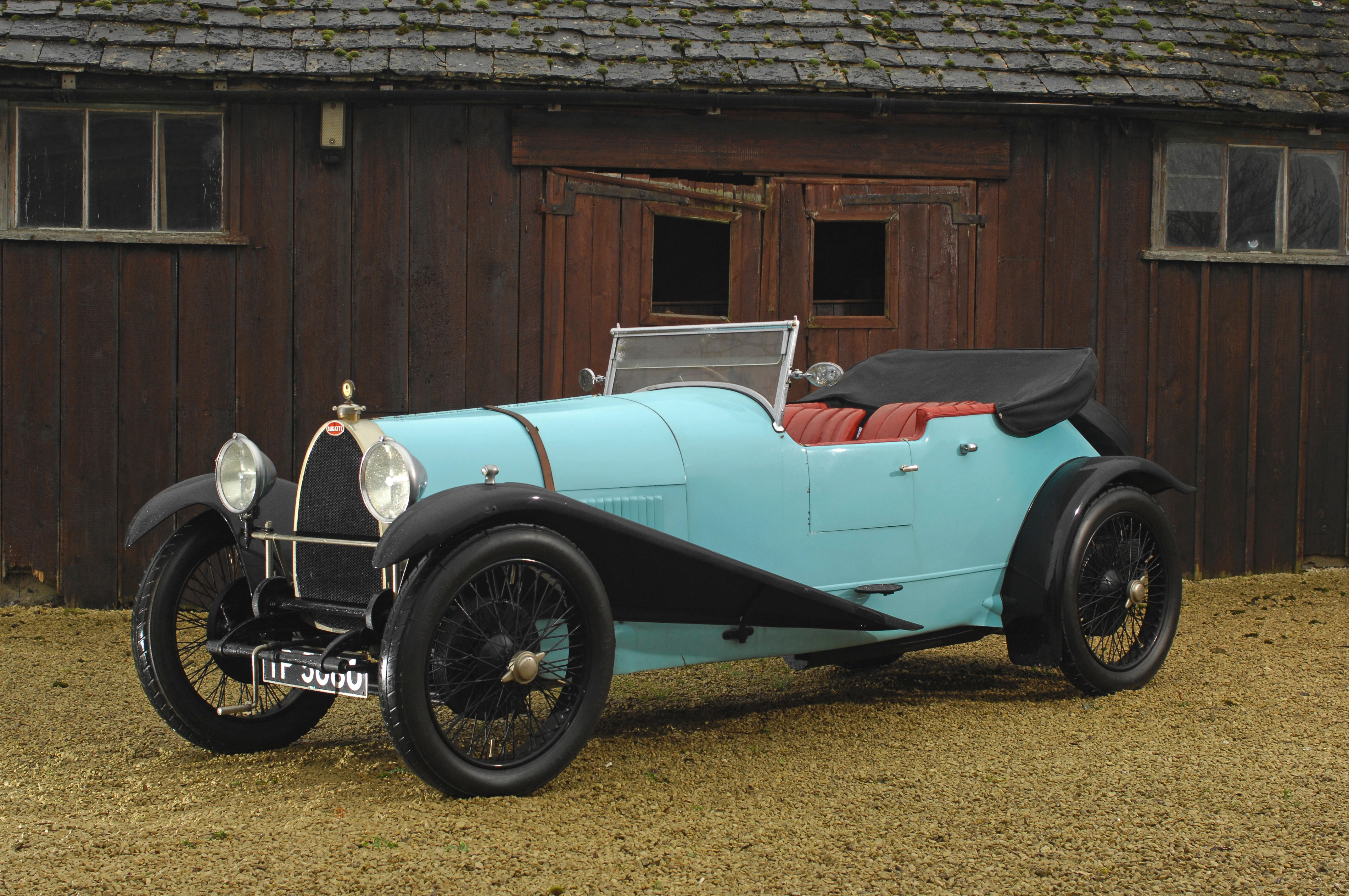
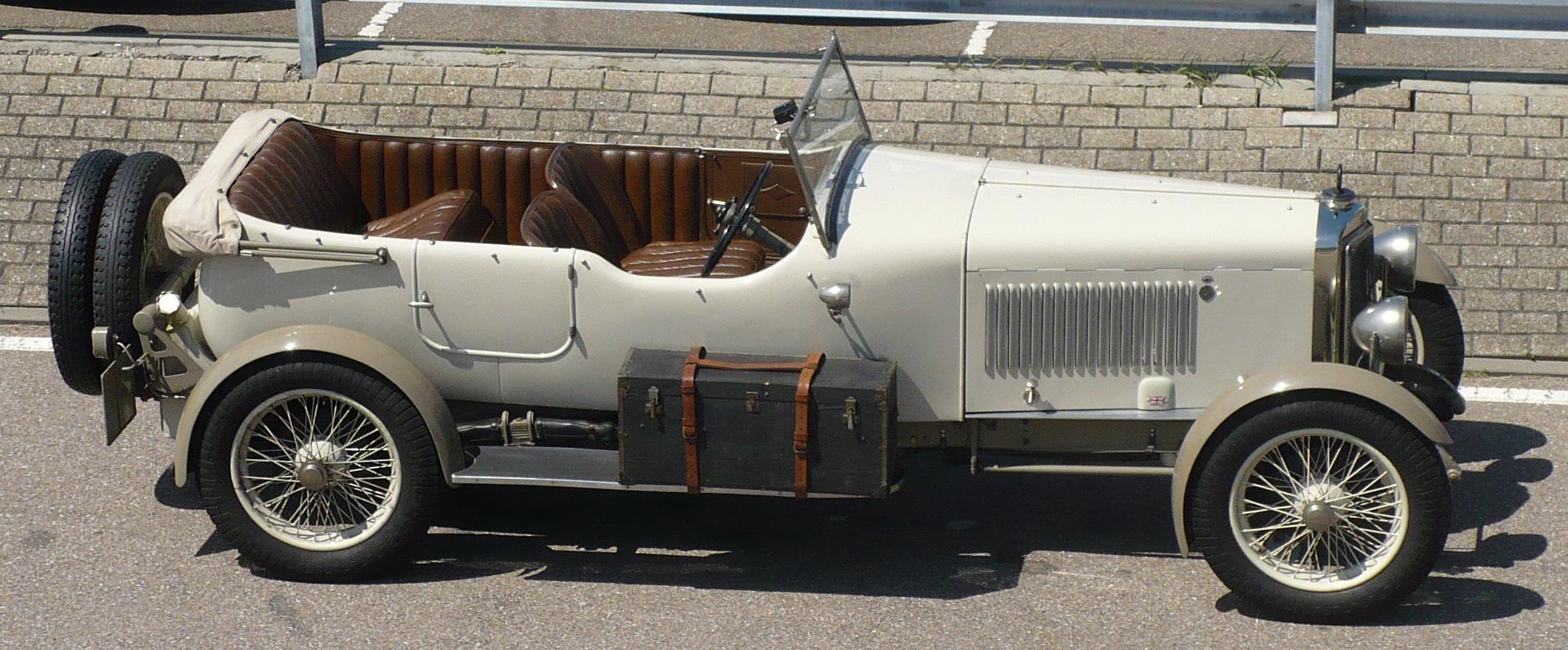
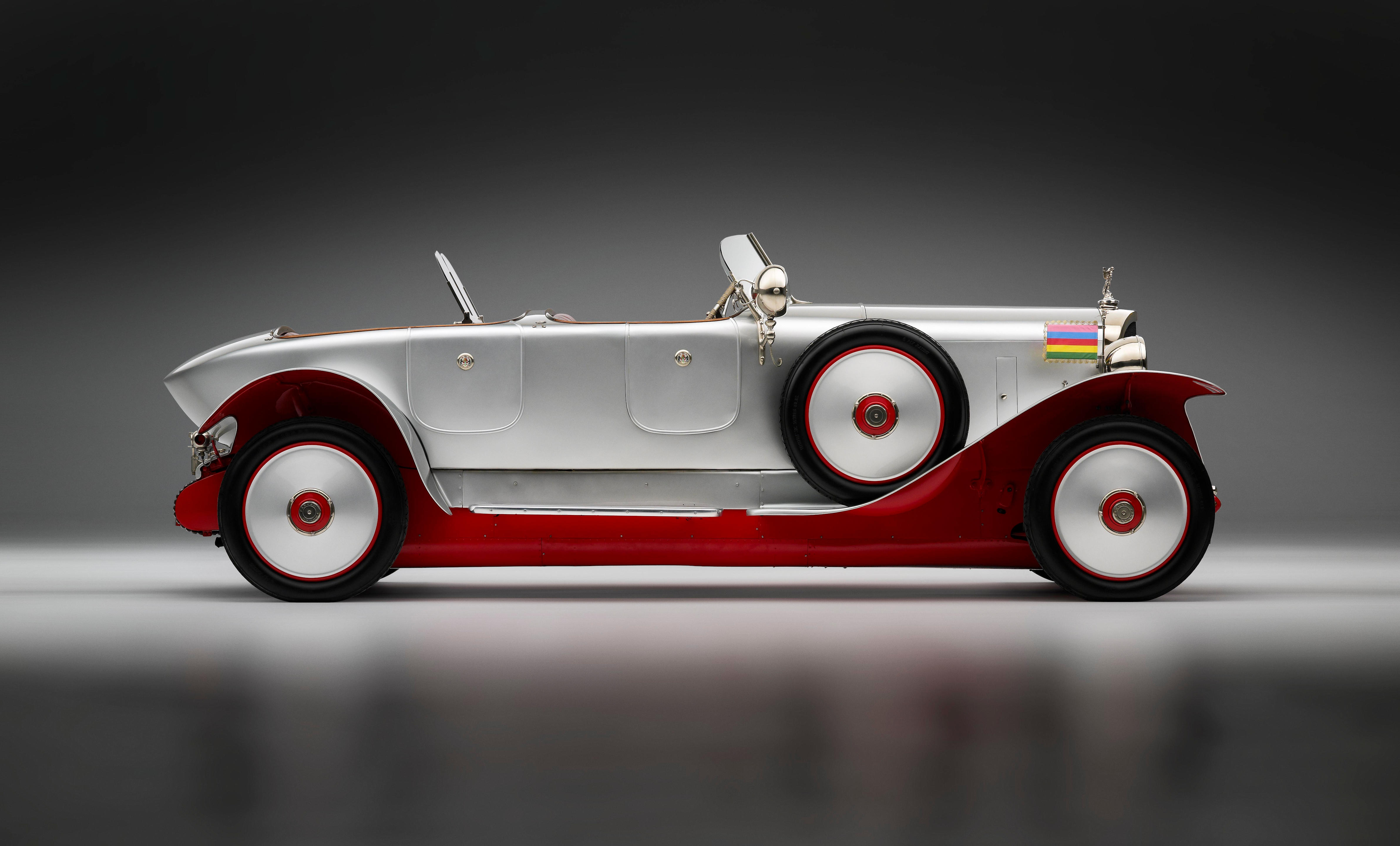
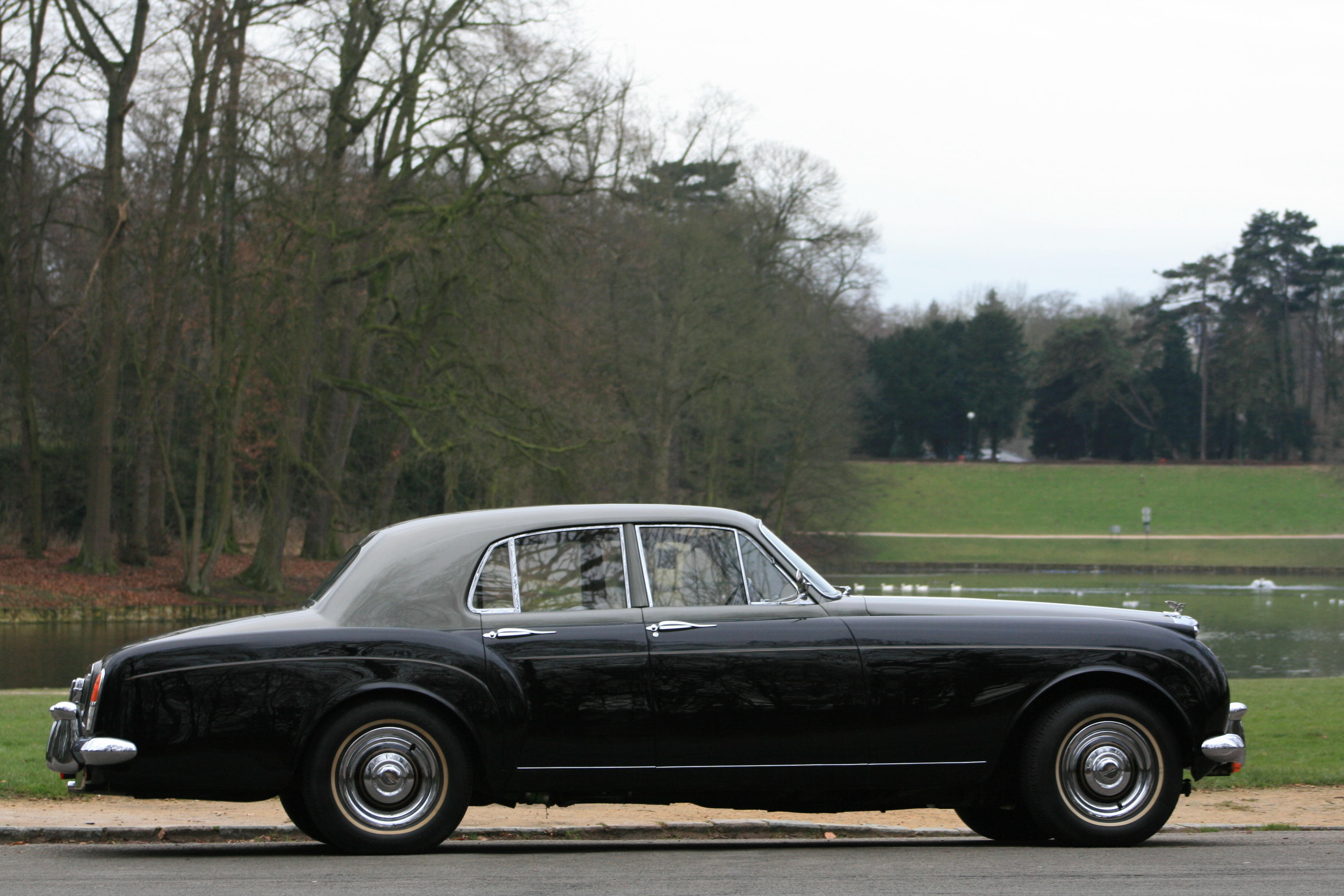

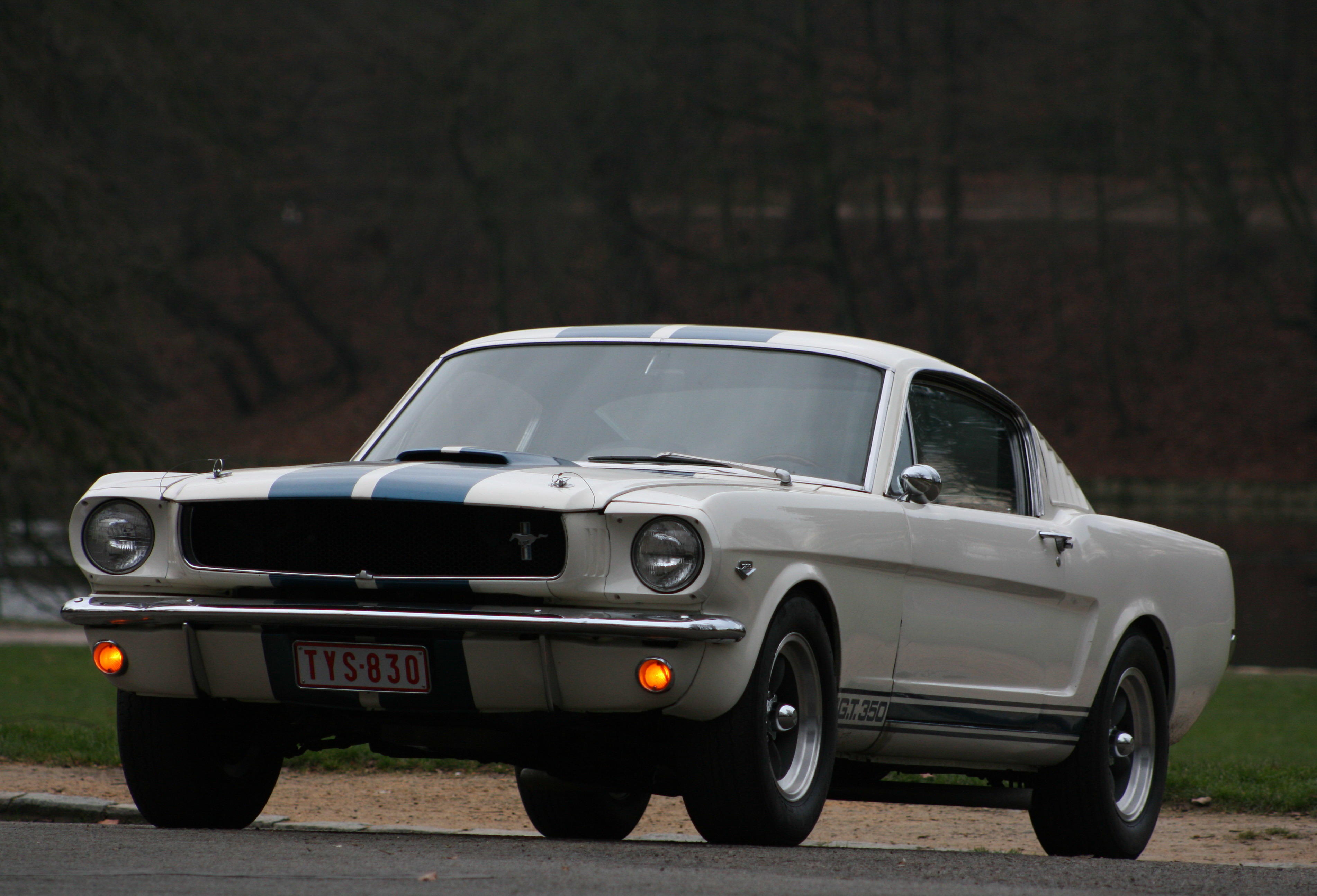
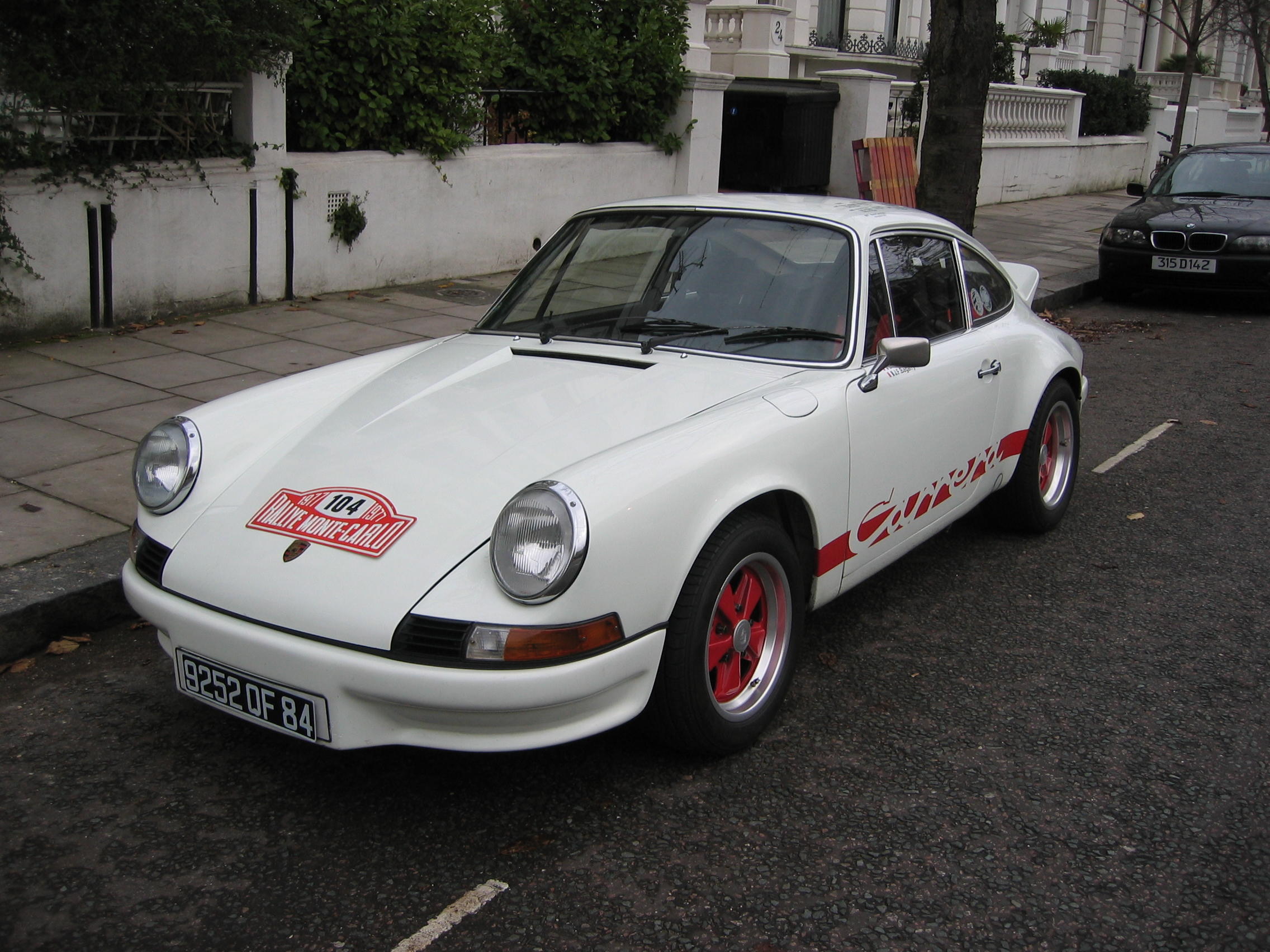
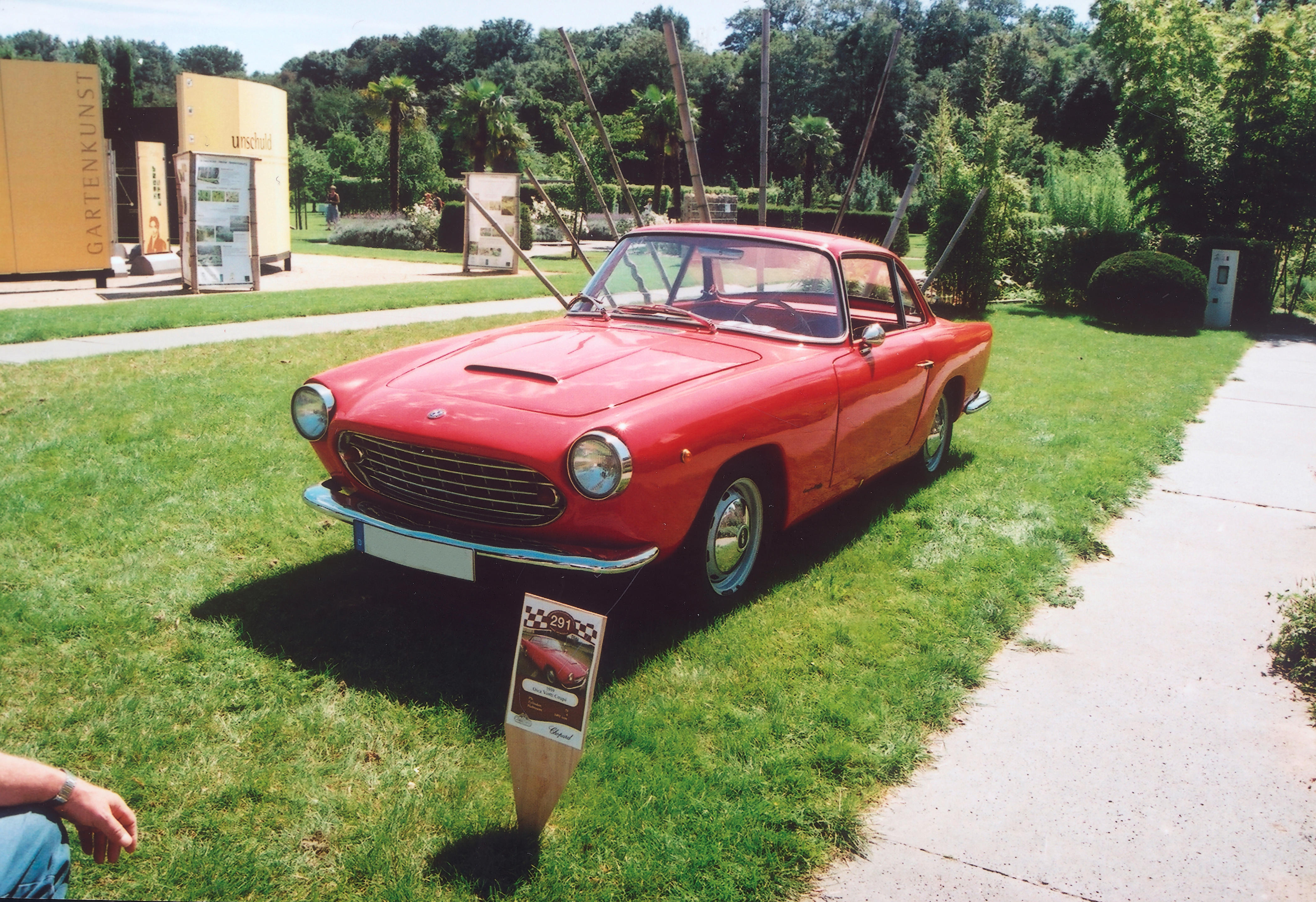
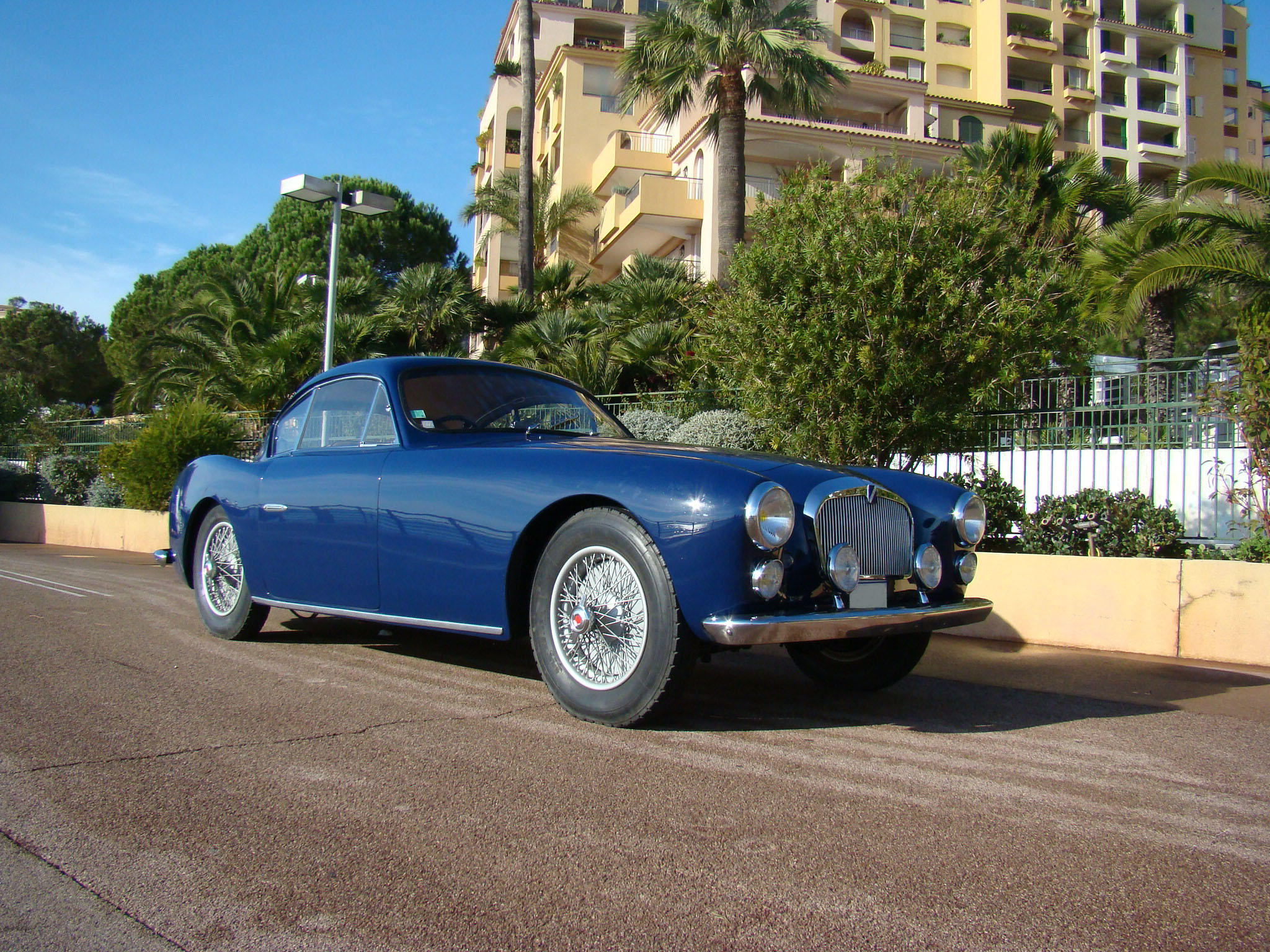
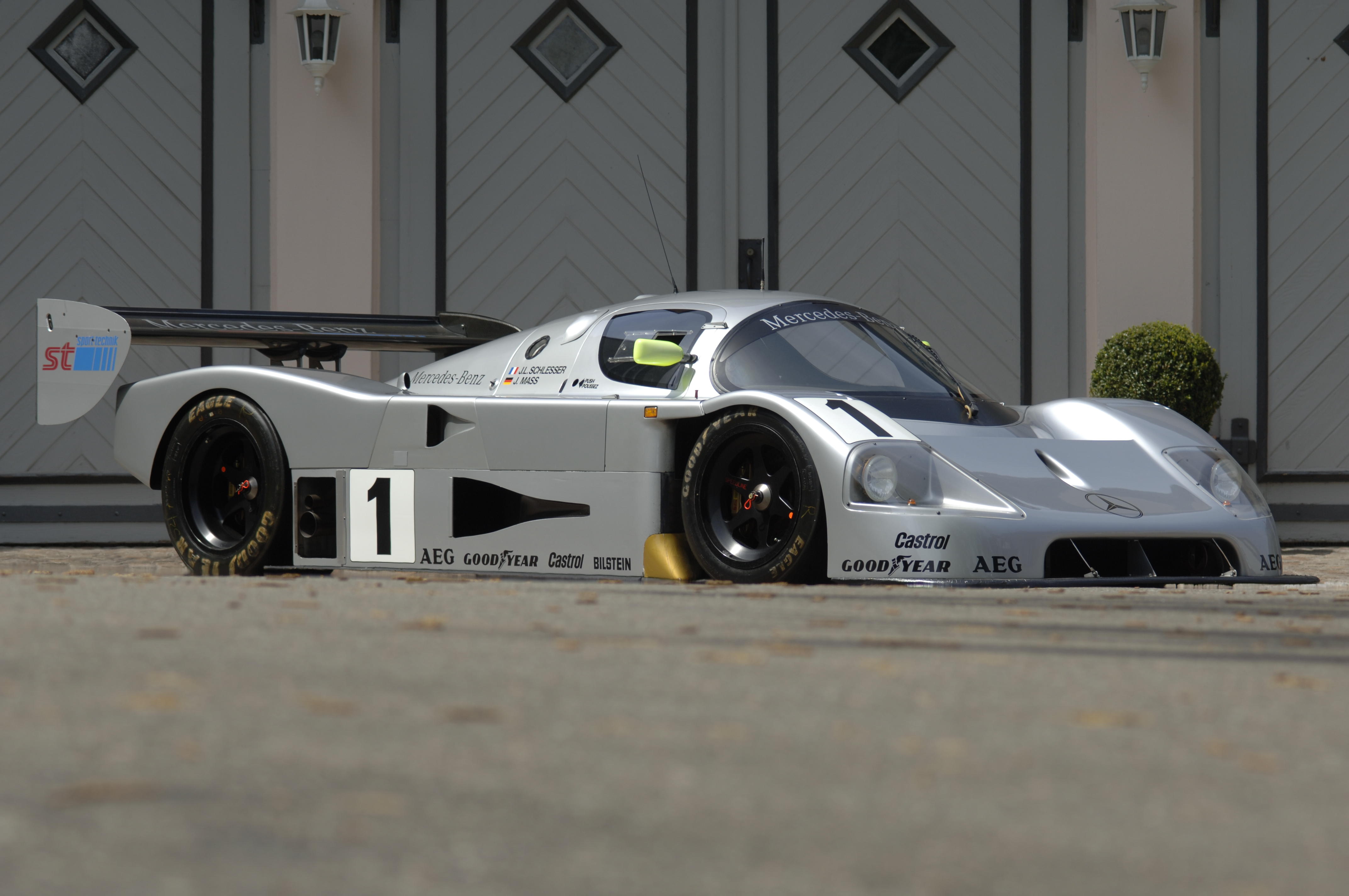
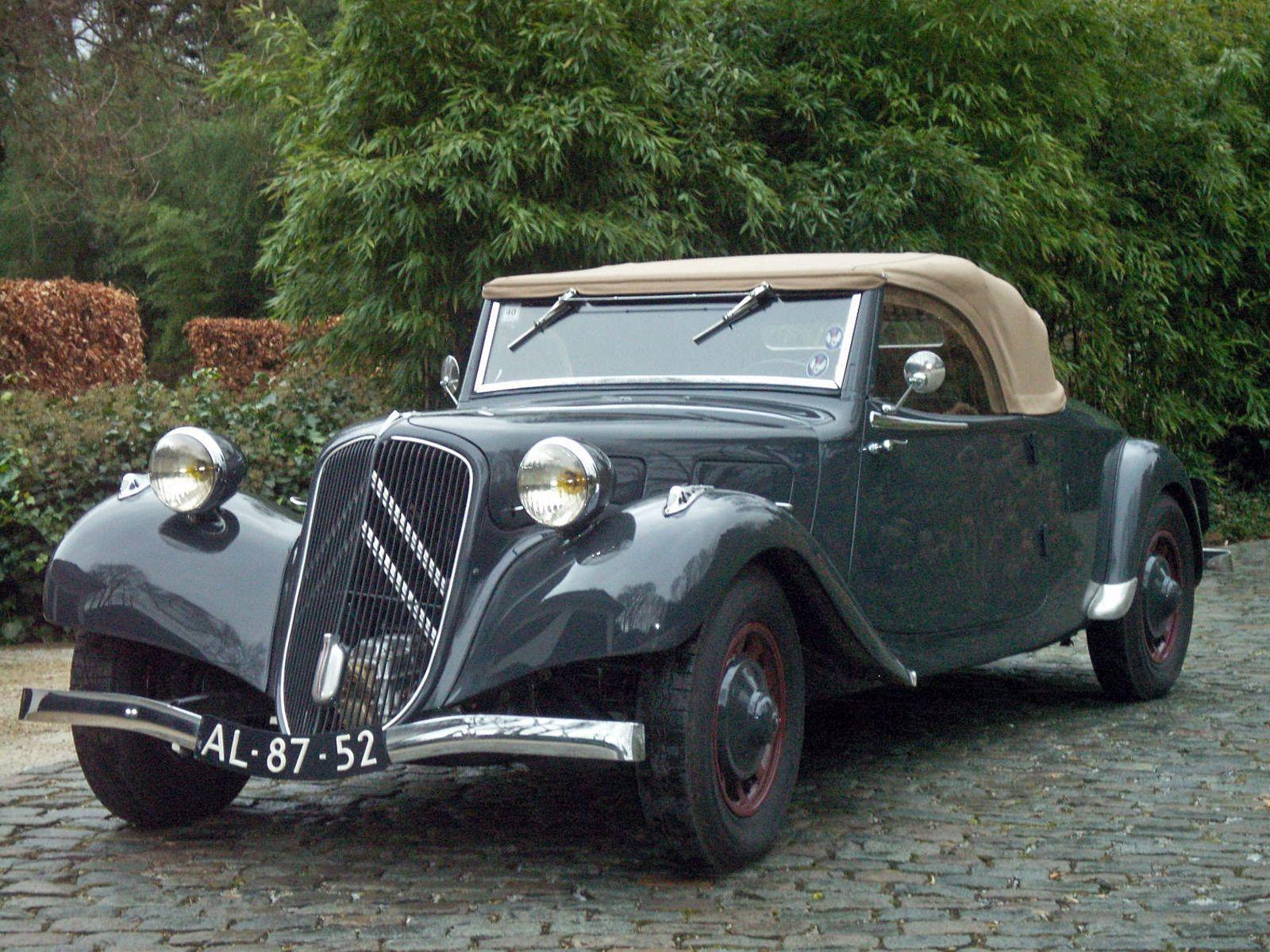
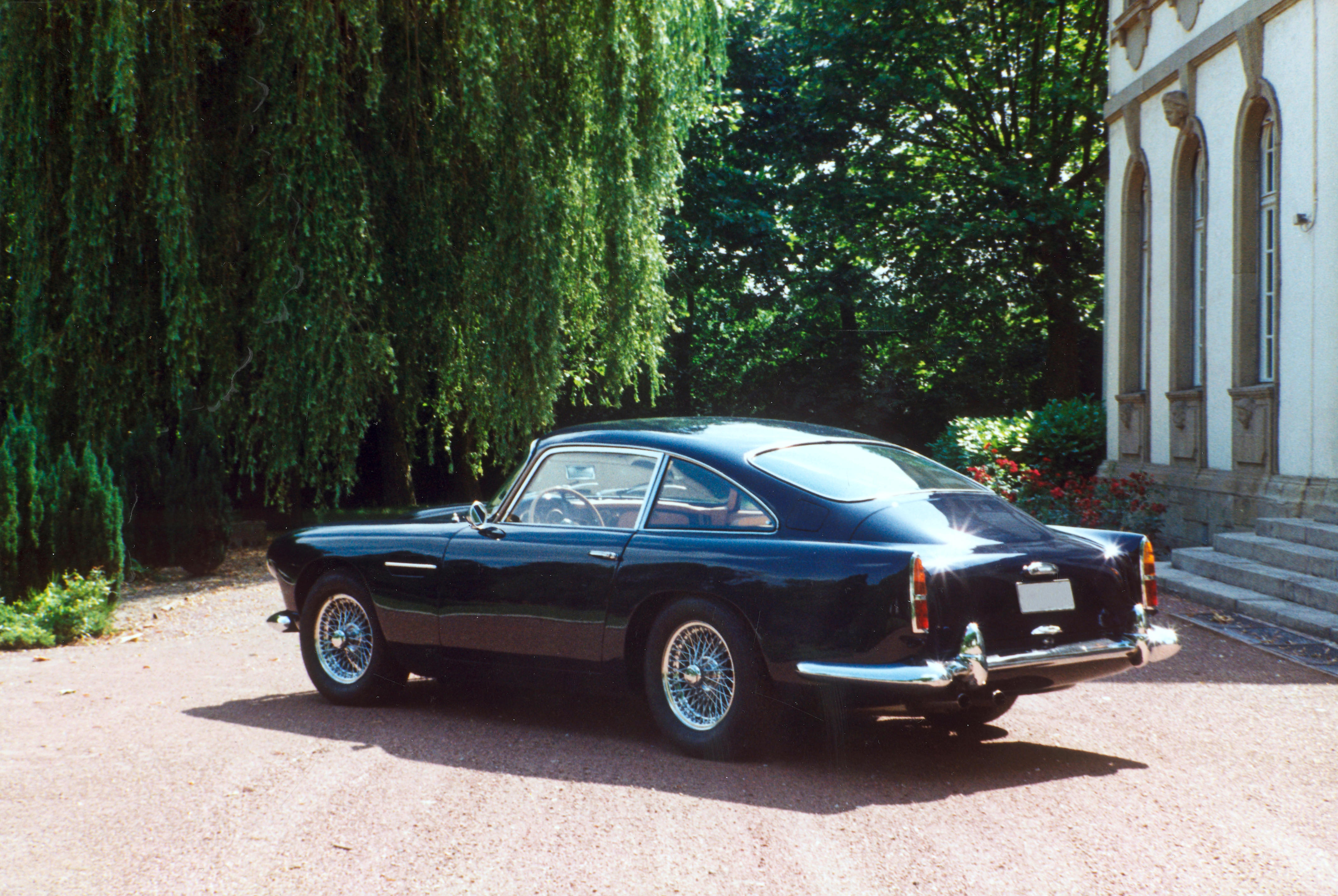
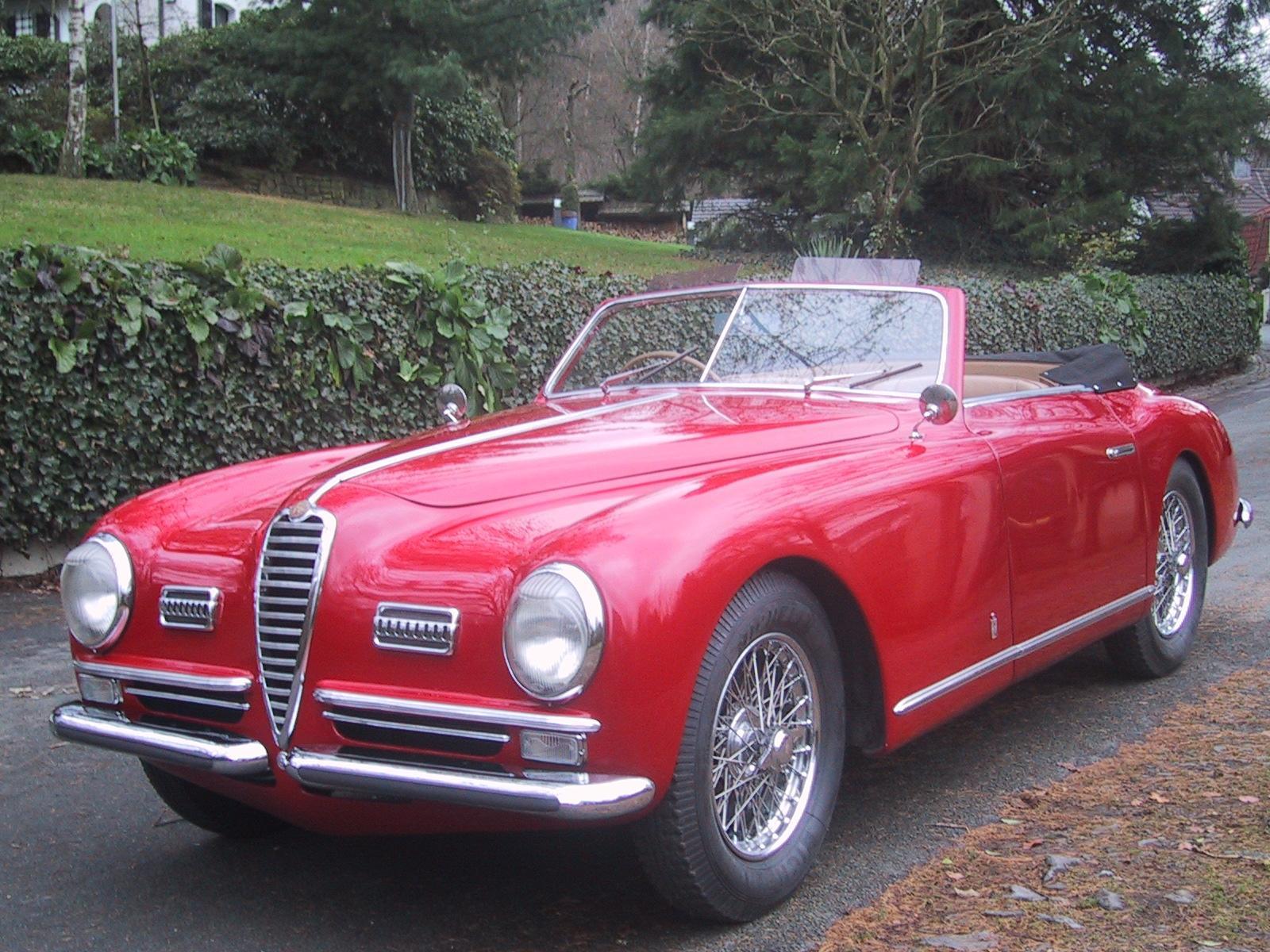
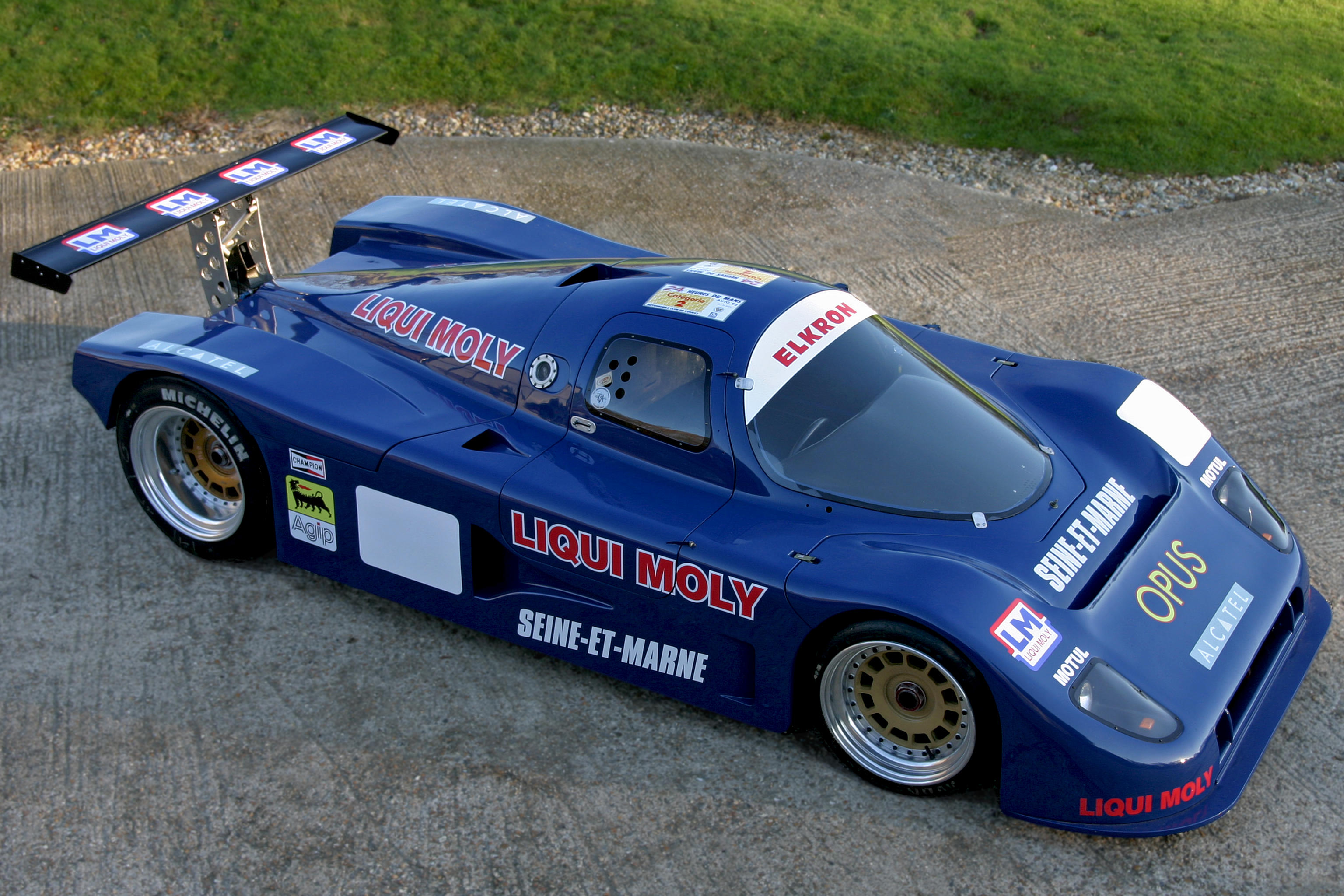
Testen Sie LotSearch und seine Premium-Features 7 Tage - ohne Kosten!
Lassen Sie sich automatisch über neue Objekte in kommenden Auktionen benachrichtigen.
Suchauftrag anlegen